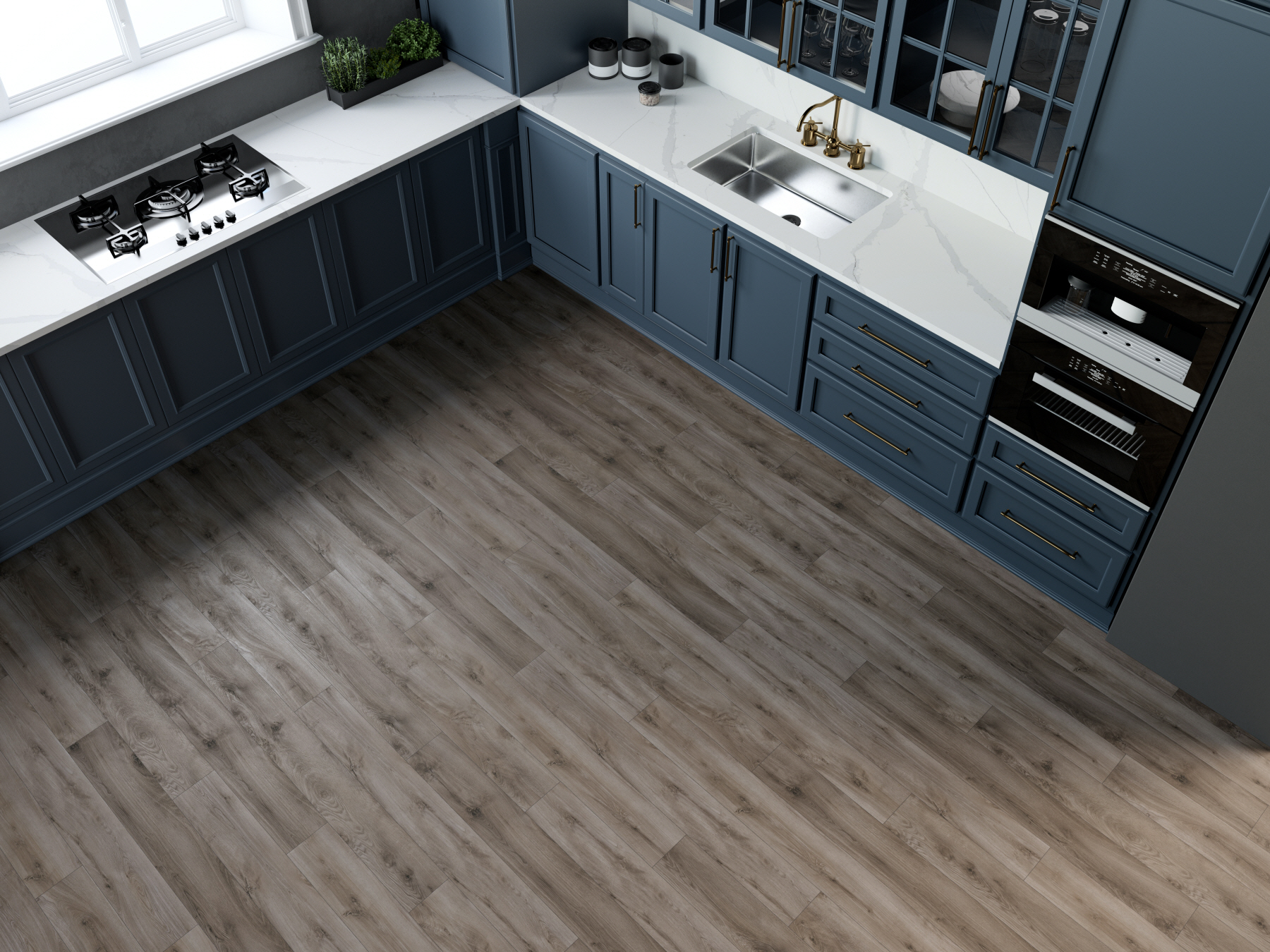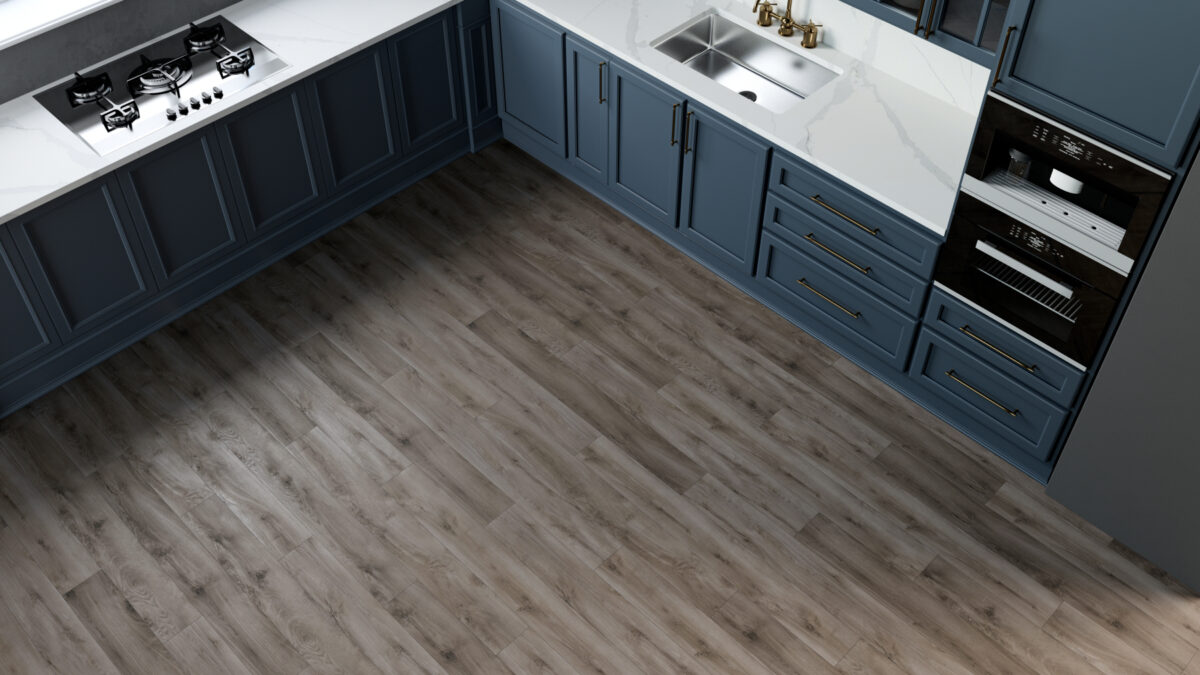
Vinyl plank flooring has become increasingly popular among homeowners seeking a durable, stylish, and budget-friendly flooring option. With a plethora of choices on the market, choosing the right vinyl plank flooring for your home can feel overwhelming. In this guide, we’ll delve into some of the top-rated vinyl plank varieties, offer installation tips, and examine how vinyl flooring can impact property value.
Top-Rated Vinyl Plank Flooring Varieties
When considering vinyl plank flooring, you’ll encounter several varieties, each with distinct benefits and features. One favored option is luxury vinyl plank (LVP), prized for its upscale appearance and robustness. Wood plastic composite (WPC) vinyl flooring is another popular choice, boasting a waterproof core that bolsters stability and durability. Similarly, stone plastic composite (SPC) vinyl flooring stands out for its exceptional strength and resilience. Whether you lean towards the elegance of hardwood, the sophistication of stone, or the timeless appeal of tile, there’s a vinyl plank flooring variety tailored to your needs and preferences.
Decoding Vinyl Plank Options
- Luxury Vinyl Planks (LVP): Engineered to replicate the look and texture of natural hardwood flooring, luxury vinyl planks offer a diverse range of styles, colors, and textures. Homeowners can achieve the elegance of hardwood without the associated maintenance or expense.
- Wood Plastic Composite Vinyl Planks (WPC): Featuring a rigid core composed of a mixture of wood pulp and plastic composites, WPC vinyl planks deliver heightened durability and stability. This makes them a popular choice for high-traffic areas and homes with pets or children, often installed in spaces like kitchens, bathrooms, and basements.
- Stone Plastic Composite Vinyl Planks (SPC): Similar to WPC planks but with a stone-based core, SPC vinyl planks boast added strength and resilience. Highly resistant to scratches, dents, and moisture, SPC vinyl flooring is suitable for nearly any room in the home, offering unparalleled durability and versatility.
Installation Guide for Vinyl Plank Flooring
Installing vinyl plank flooring is a relatively simple process, making it an appealing choice for DIY enthusiasts. Here’s a concise overview of the installation procedure:
- Preparation: Start by ensuring the subfloor is clean, dry, and level. Remove any existing flooring materials and address any imperfections in the subfloor.
- Acclimation: Allow the vinyl planks to acclimate to the room’s temperature and humidity for at least 48 hours before installation.
- Layout: Plan the layout of the flooring, considering factors such as plank direction, seam placement, and room obstacles.
- Installation: Follow the manufacturer’s instructions to install the vinyl planks, utilizing adhesive, click-lock mechanisms, or loose-lay installation methods.
- Finishing: Once the flooring is installed, trim any excess material, install baseboards or trim molding, and apply any necessary sealants or finishes.
DIY vs. Professional Vinyl Flooring Installation
Although vinyl plank flooring can be installed as a DIY project, hiring a professional installer might ensure optimal results, particularly for larger or more intricate areas. Professional installers possess the expertise and tools required for a flawless installation and may provide warranties or guarantees on their workmanship.
Vinyl Flooring’s Impact on Property Value
Vinyl plank flooring can significantly increase the value of your home, especially when installed in high-traffic areas like kitchens, bathrooms, and entryways. Its durability, water resistance, and low maintenance requirements are appealing features for potential buyers, enhancing the overall appeal of your home.
Choosing the right vinyl plank flooring involves considering factors such as style, durability, installation method, and budget. By exploring top-rated vinyl plank varieties and adhering to proper installation guidelines, you can elevate your space with beautiful, long-lasting flooring that adds both value and functionality to your home.

